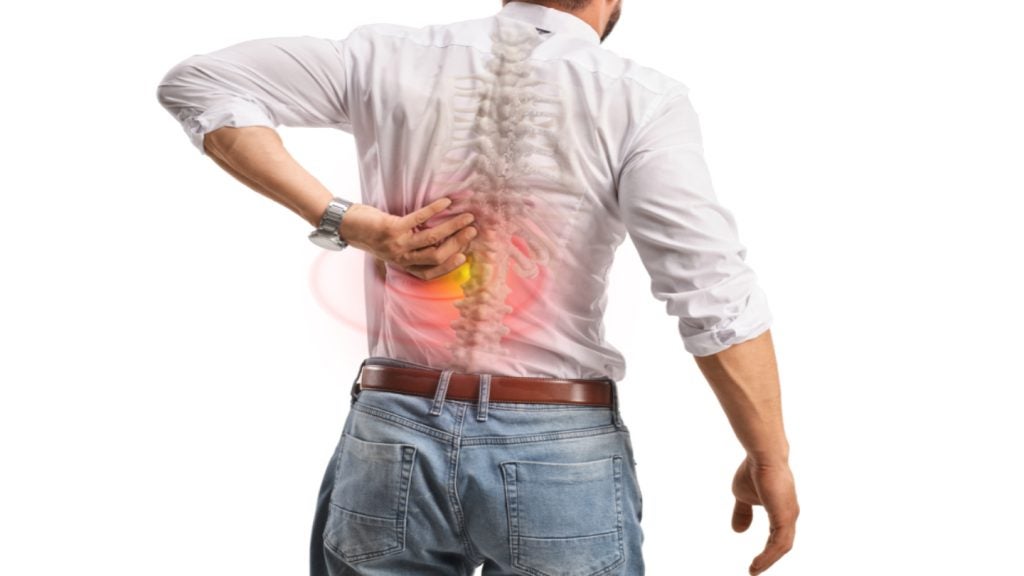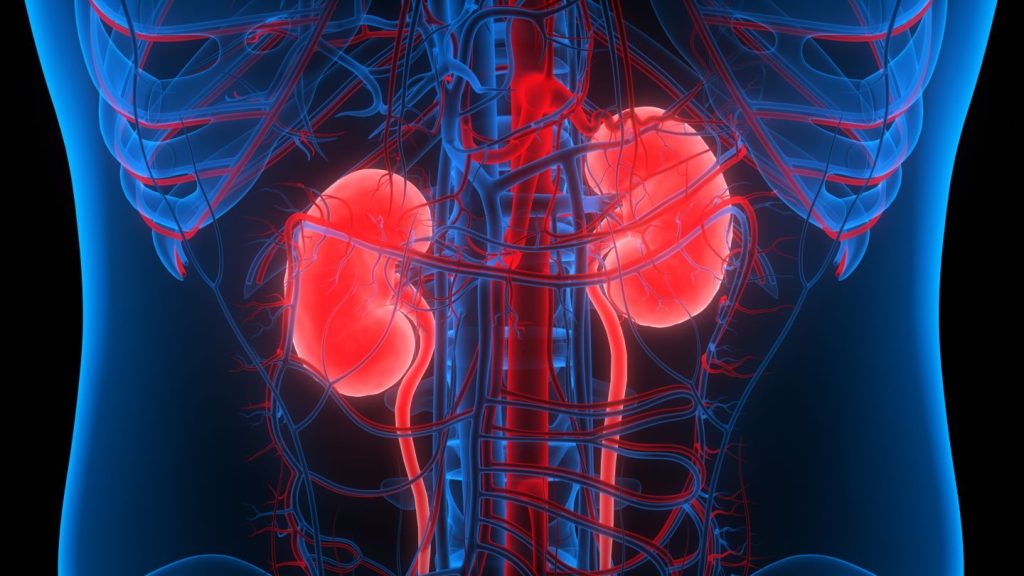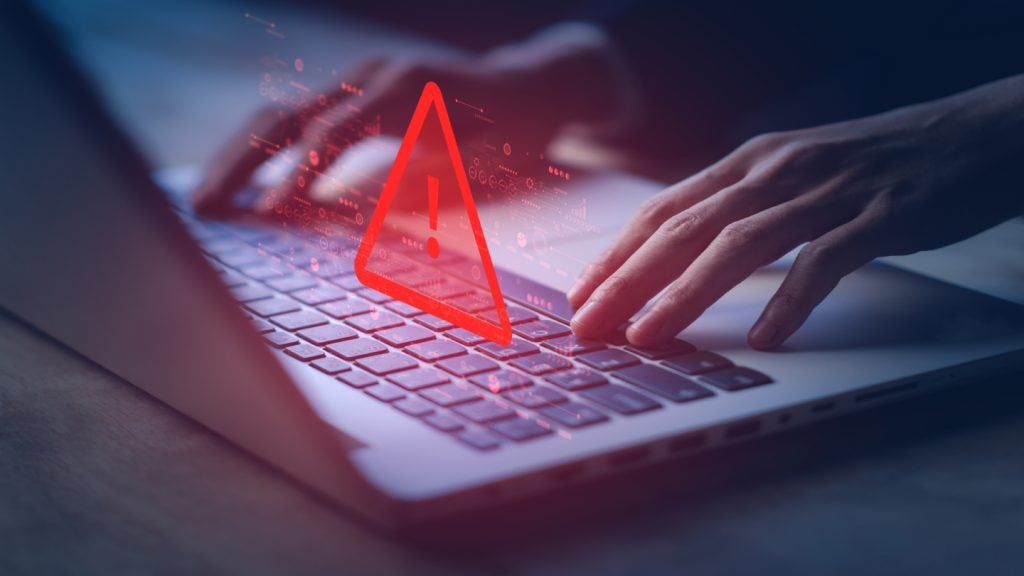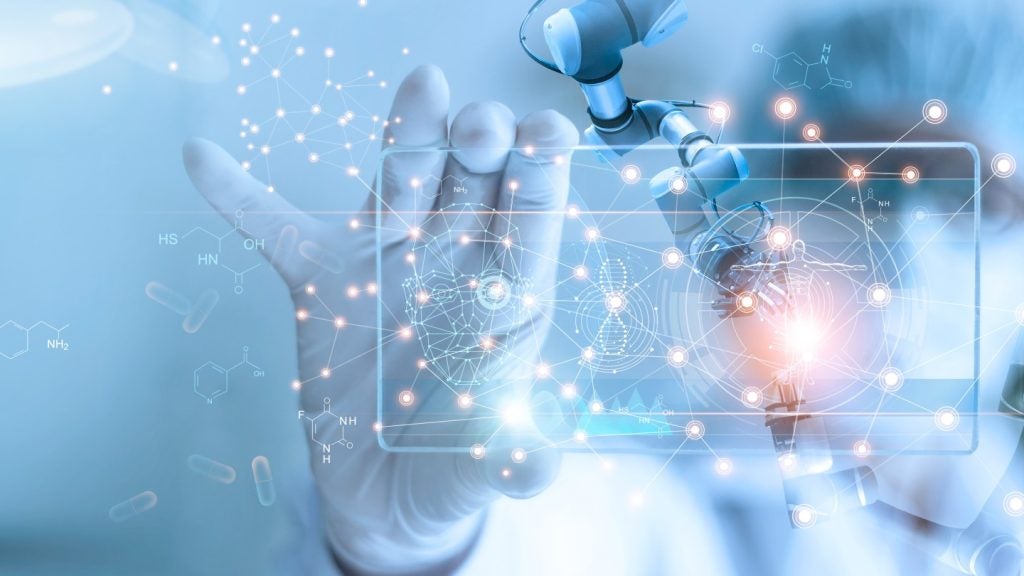NeuroPace has been granted a patent for an apparatus that optimizes stimulation therapy for patients. The system detects electrographic seizure onset, classifies the seizure type, and identifies a stimulation parameter subspace and default values based on the type. It also integrates other patient data to determine the effectiveness of the therapy and adjusts stimulation parameters accordingly. The apparatus then delivers stimulation therapy based on the optimized parameters. GlobalData’s report on NeuroPace gives a 360-degree view of the company including its patenting strategy. Buy the report here.
According to GlobalData’s company profile on NeuroPace, Electrical stimulation wearables was a key innovation area identified from patents. NeuroPace's grant share as of September 2023 was 80%. Grant share is based on the ratio of number of grants to total number of patents.
Optimizing stimulation therapy for patients using neurostimulation system
See Also:
A recently granted patent (Publication Number: US11771898B2) describes an apparatus and method for optimizing stimulation therapy for patients. The apparatus includes several modules that work together to deliver effective stimulation therapy based on the patient's condition and needs.
The apparatus includes a feature extraction module that extracts a set of features from a record of electrographic activity. A detection module then identifies the onset of an electrographic seizure based on these features. A classification module is applied to the features to determine the type of seizure onset.
Based on the identified seizure onset type, a mapping function module identifies a stimulation parameter subspace. This subspace includes a range of potential values for each of the stimulation parameters, as well as a discrete default value for each parameter.
To optimize the therapy, an integration module analyzes additional data elements representing the patient's state to determine the effectiveness of the stimulation therapy. A control module then determines the appropriate values to set for the stimulation parameters based on this measure of effectiveness. Finally, a therapy module delivers the stimulation therapy based on the set parameter values.
The apparatus also includes an optimization module that compares the measure of effectiveness to a criterion. If the criterion is not satisfied, the optimization module instructs the control module to set new values for the stimulation parameters.
The method described in the patent follows a similar process. It involves extracting features from electrographic activity, detecting seizure onset, identifying seizure onset type, and determining the stimulation parameter subspace based on the type. The method also includes analyzing additional data elements, setting parameter values, and delivering stimulation therapy.
Overall, this patent presents an apparatus and method that optimize stimulation therapy for patients by considering various factors such as seizure onset type and additional patient data. By adjusting stimulation parameters based on these factors, the therapy can be tailored to individual patients, potentially improving its effectiveness.
To know more about GlobalData’s detailed insights on NeuroPace, buy the report here.
Premium Insights
From

The gold standard of business intelligence.
Blending expert knowledge with cutting-edge technology, GlobalData’s unrivalled proprietary data will enable you to decode what’s happening in your market. You can make better informed decisions and gain a future-proof advantage over your competitors.







